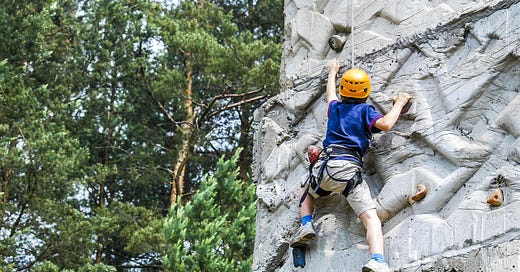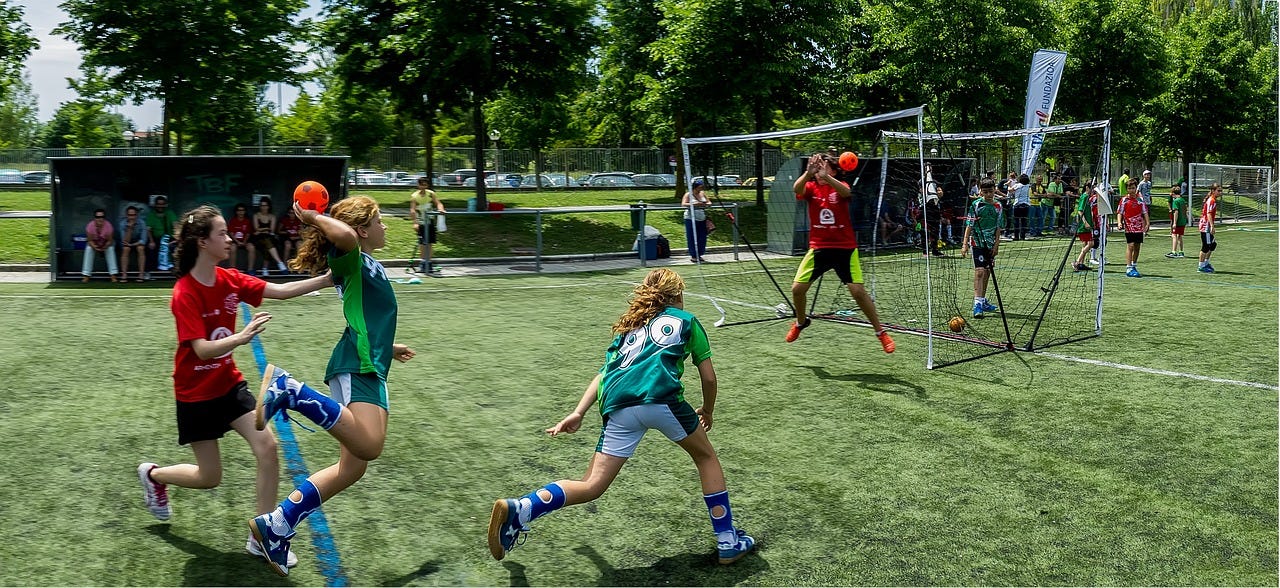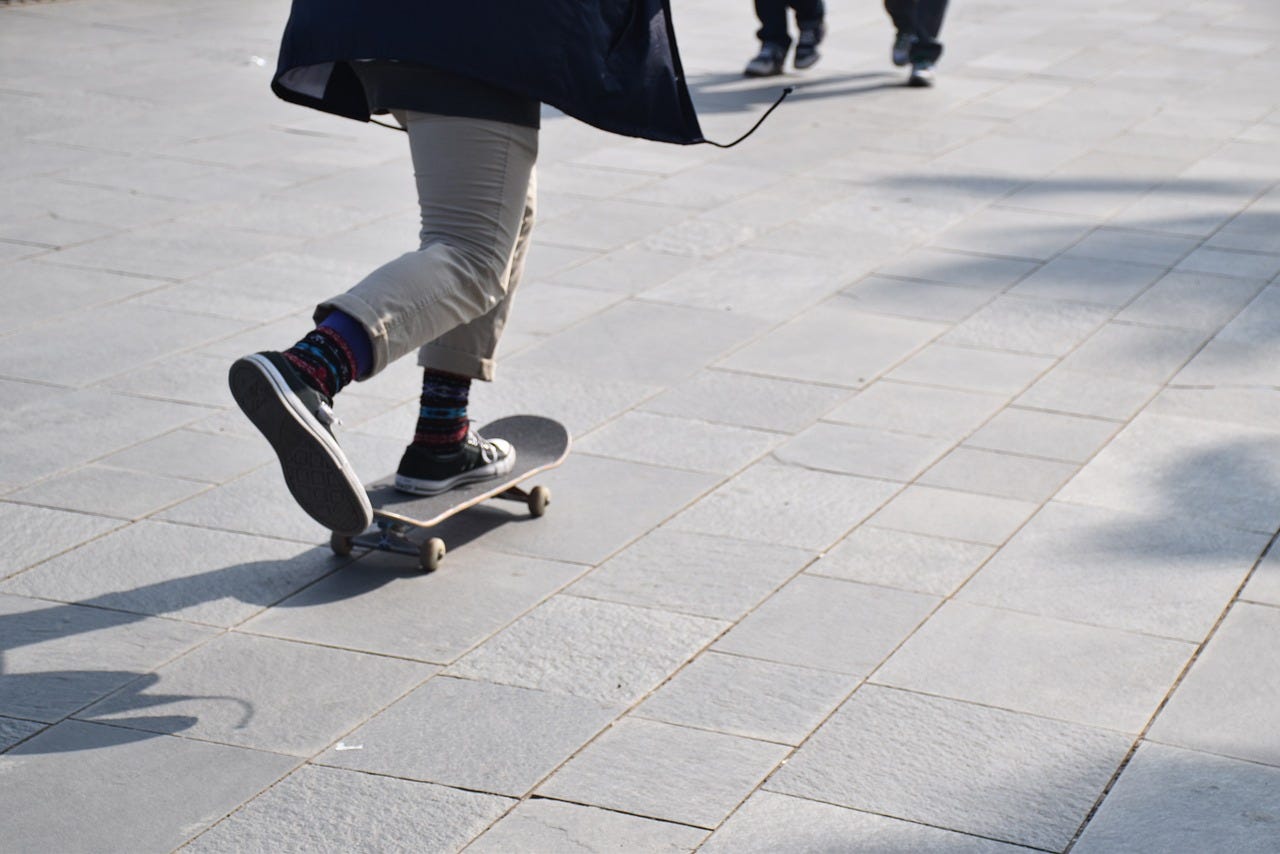Move to Learn: How Physical Activity Boosts Focus, Memory, and Academic Performance
In today’s fast-paced, screen-filled world, students are spending more time sitting than ever before. With academic pressure mounting, physical activity is often one of the first things to get cut from the daily schedule. But research increasingly shows that movement isn't a distraction from learning—it's a powerful tool to support it. From enhancing focus and boosting memory to improving overall academic performance, physical activity plays a vital role in helping students thrive both in and out of the classroom.
The Brain-Body Connection
The brain isn’t isolated from the rest of the body. It depends on a healthy, active body to function optimally. When we engage in physical activity, our heart rate increases, delivering more oxygen to the brain. This helps stimulate the production of brain-derived neurotrophic factor (BDNF), a protein that promotes the growth of new neurons and strengthens connections between brain cells. BDNF has been directly linked to improvements in learning, memory, and higher thinking.
Additionally, physical activity boosts the release of neurotransmitters like dopamine, serotonin, and norepinephrine—all of which play critical roles in attention, motivation, and mood regulation. It’s no surprise that students who move regularly often experience better mental clarity and emotional resilience.
Focus and Attention
For students struggling with concentration, regular movement can be a game-changer. Physical activity helps regulate attention by activating the prefrontal cortex—the area of the brain responsible for executive function, decision-making, and impulse control. Studies show that even short bouts of activity, like a 10-minute walk or some stretching, can sharpen focus immediately afterward.
In fact, schools that implement movement breaks during the day—whether through recess, classroom movement games, or physical education—often report improved classroom behavior and attention. In students with ADHD, physical activity has been found to be as effective as medication in some cases when it comes to boosting concentration and reducing hyperactivity.
Memory Retention and Learning
Learning isn’t just about exposure to new material; it’s also about encoding it into memory and being able to retrieve it later. This is where physical activity shines. Aerobic exercise, in particular, has been linked to improvements in both short- and long-term memory. Movement increases hippocampal volume—the part of the brain involved in memory formation—enhancing students’ ability to retain information over time.
In one study published in the Journal of Cognitive Neuroscience, participants who engaged in 20 minutes of moderate exercise before learning a vocabulary task performed significantly better than those who remained sedentary. Another study showed that children who took part in physical activity right before a test performed better on measures of reading comprehension and math.
The implication? Timing matters. Integrating movement into a student's study routine—such as taking a brisk walk before reviewing notes—can be a highly effective learning strategy.
Academic Performance
Given the evidence on focus and memory, it’s no surprise that physical activity positively correlates with academic performance. A review of multiple studies published in Pediatrics found that students who were physically active showed improved grades, standardized test scores, and classroom behaviors.
Importantly, the benefits aren’t limited to elite athletes or children involved in competitive sports. Simple, consistent movement—like walking, dancing, jumping rope, or participating in playground games—has a measurable impact on cognitive performance. In fact, integrating physical activity into academic instruction itself (such as acting out vocabulary words or using movement to explain math concepts) has been shown to improve retention and engagement.
Movement in the School Day
Despite all this evidence, many schools continue to cut back on recess and physical education in favor of more classroom instruction. Ironically, this may be counterproductive. More hours sitting at desks doesn’t necessarily translate to more learning. Instead, it can lead to restlessness, reduced motivation, and cognitive fatigue.
On the other hand, schools that prioritize physical activity see improved outcomes across the board. Students return from recess more focused. Brain breaks between lessons help reset attention. And physical education classes promote not only fitness, but social skills, discipline, and self-regulation—all of which contribute to academic success.
Tips for Parents and Educators
Whether you’re a parent helping your child with homework or an educator designing your classroom routine, here are some practical ways to integrate movement into learning:
Incorporate short brain breaks: Use stretches, jumping jacks, or dance breaks to reset attention during long tasks.
Encourage active study sessions: Have students walk around while reviewing flashcards or quiz each other during a game of catch.
Make recess non-negotiable: Ensure children have at least 20 minutes of outdoor play every day, if not more.
Use movement-rich teaching methods: Let students act out science concepts, role-play historical events, or create movement-based mnemonic devices.
Model active living: Children are more likely to value physical activity when they see adults doing the same.
Conclusion
Physical activity is more than just a way to stay fit—it’s a cornerstone of cognitive health and academic success. Movement fuels the brain, enhances mood, sharpens focus, and improves memory retention. In a world where distractions are plentiful and stress is high, integrating regular physical activity into the day is one of the most powerful tools we have to support student learning. It’s time to recognize that sometimes, the best way to learn is to get up and move.






